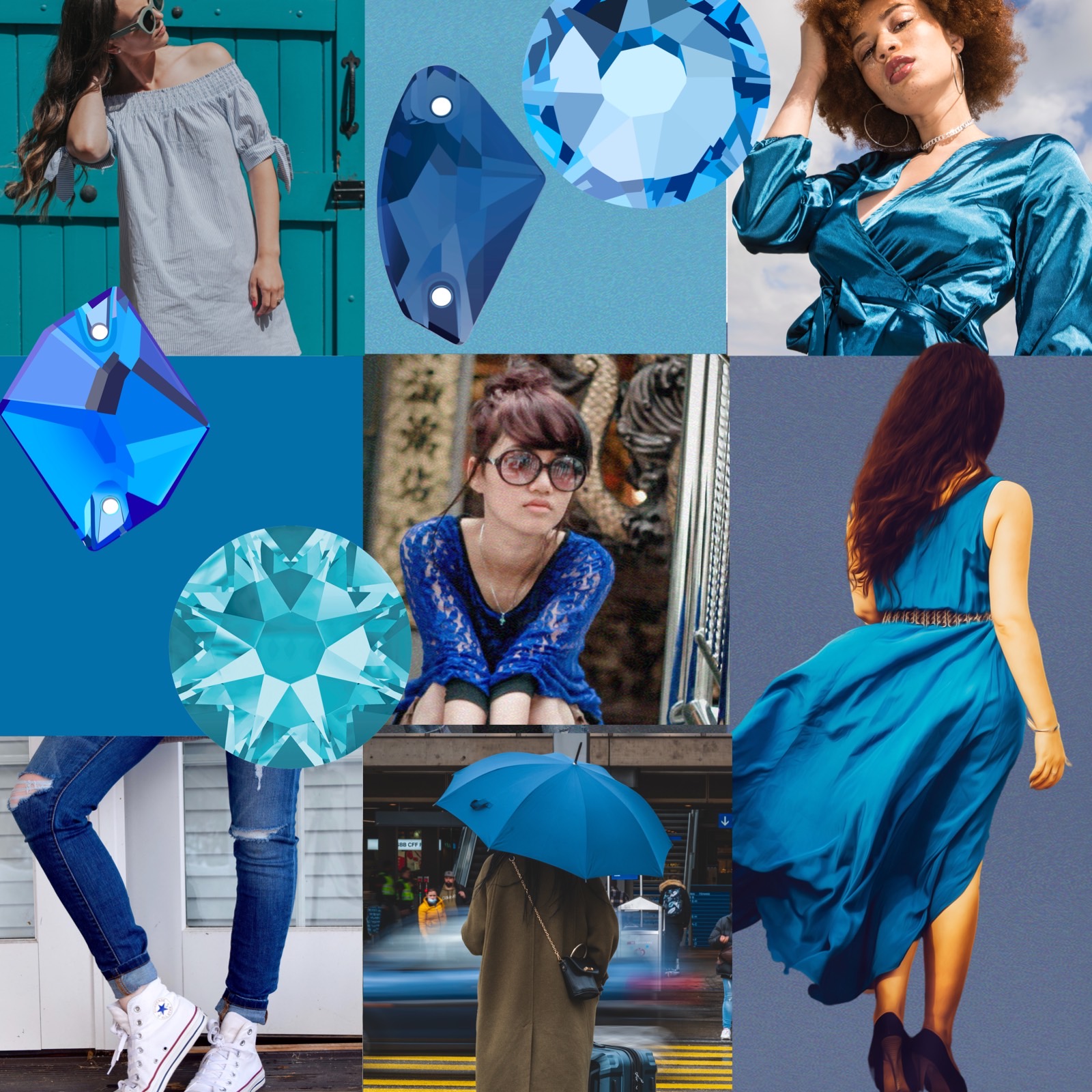Fashion is not just about style and trends; it also has a significant impact on our psychology and mood. The colors we choose to wear can evoke various emotions and influence our overall well-being. In this article, we will explore the effect of fashion colors on psychology and mood, shedding light on how different hues can affect our emotions and perceptions.

The Power of Colors
Colors have a profound effect on our emotions and can elicit specific psychological responses. Each color carries its own unique energy and symbolism, which can influence our mood and behavior. Understanding the psychology behind colors can help us make informed choices when it comes to our fashion preferences.
Cool Colors: Calm and Serenity
Cool colors, such as blue and green, are often associated with a sense of calm and serenity. These hues have a soothing effect on the mind and can help reduce stress and anxiety. Wearing clothing in shades of blue or green can create a peaceful atmosphere and promote relaxation. Whether it’s a light blue blouse or a mint green dress, incorporating cool colors into your wardrobe can have a positive impact on your mood.
Warm Colors: Energy and Passion
On the other end of the spectrum, warm colors like red, orange, and yellow are known for their energetic and passionate qualities. These vibrant hues can evoke feelings of excitement, enthusiasm, and confidence. Wearing clothing in shades of red, orange, or yellow can boost your energy levels and make you feel more vibrant and alive. Whether it’s a fiery red dress or a sunny yellow top, incorporating warm colors into your outfit can help you make a bold statement and exude positivity.
Neutral Colors: Versatility and Balance
Neutral colors, such as black, white, gray, and beige, are timeless and versatile. These hues are often associated with simplicity, elegance, and sophistication. Wearing neutral-colored clothing can create a sense of balance and harmony. Whether it’s a classic black suit or a crisp white shirt, neutral colors can help you achieve a polished and refined look. Additionally, neutral colors serve as a great foundation for incorporating pops of other colors into your outfit.
Personal Preferences and Cultural Influences
While color psychology provides general insights into the effects of different hues, it’s important to note that individual preferences and cultural influences also play a significant role. Personal experiences, cultural backgrounds, and societal norms can shape our perception of colors and their impact on our mood. What may evoke positive emotions in one person may have a different effect on another. It’s essential to consider personal preferences and cultural context when exploring the effect of fashion colors on psychology and mood.
Conclusion
Fashion colors have a profound impact on our psychology and mood. Whether it’s the calming effect of cool colors, the energizing qualities of warm colors, or the versatility of neutral colors, the hues we choose to wear can influence our emotions and perceptions. By understanding the psychology behind colors and considering personal preferences and cultural influences, we can make conscious fashion choices that enhance our well-being and allow us to express ourselves authentically.
